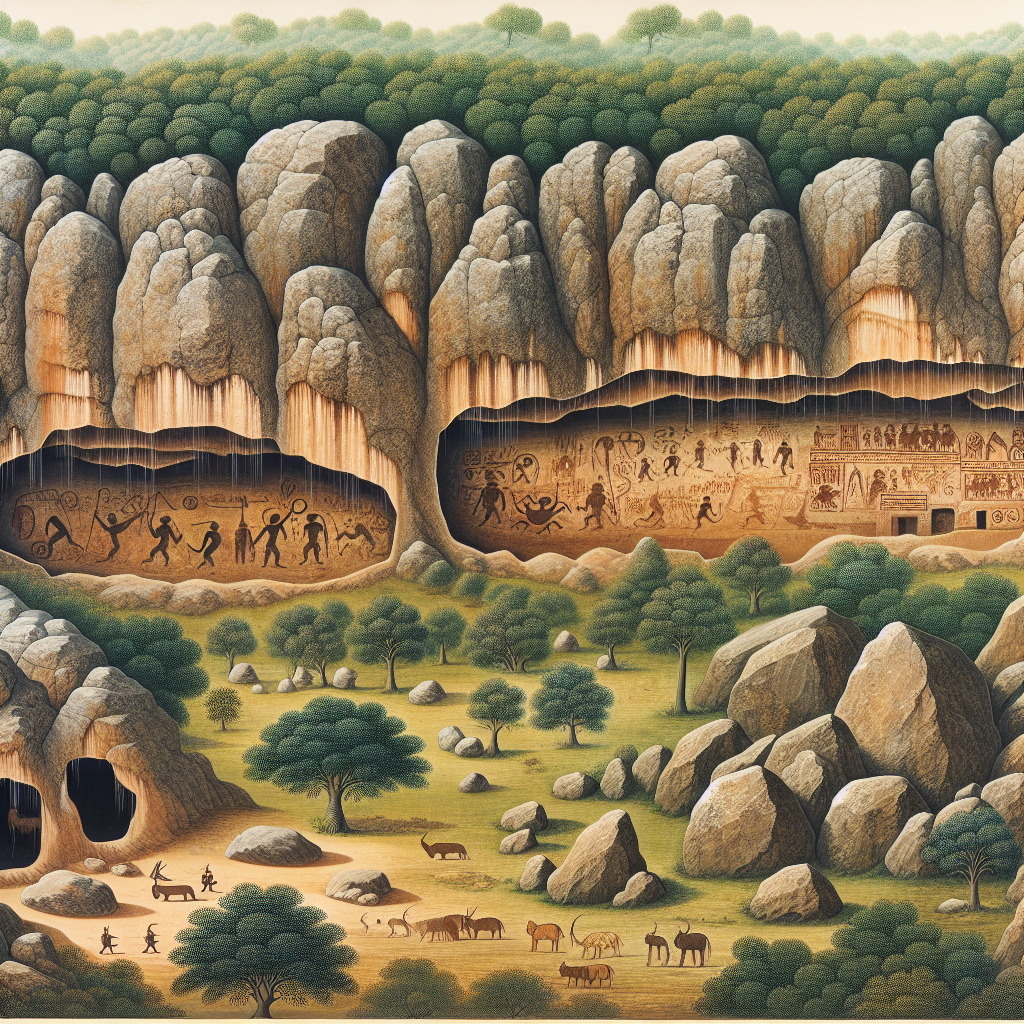7 Fascinating Celestial Phenomena and the Reasons Behind Them
1. Solar Eclipse: A solar eclipse occurs when the moon passes between the sun and the Earth, casting a shadow on the Earth’s surface. This occurs because both the moon and Earth are constantly moving in their orbits around the sun, and sometimes their paths align in such a way that the moon blocks the sun’s light from reaching the Earth.
2. Lunar Eclipse: A lunar eclipse occurs when the Earth passes between the sun and the moon, casting a shadow on the moon. This happens because the Earth’s shadow is projected onto the moon as it comes between the sun and moon. Lunar eclipses can only occur during a full moon.
3. Meteor Shower: A meteor shower is a celestial event that occurs when Earth passes through the debris left behind by a comet or asteroid. As this debris enters Earth’s atmosphere, it burns up and creates a streak of light across the sky. This is due to the friction of the debris rubbing against Earth’s atmosphere.
4. Comet: Comets are made up of dust, ice, and gas and orbit around the sun in an elongated path. As the comet gets closer to the sun, the ice and gas start to melt and create a tail that can be seen from Earth. This occurs because the sun’s heat causes the ice and gas to evaporate and form a visible trail.
5. Planetary Alignment: This is a phenomenon that occurs when two or more planets appear to line up in the sky. This is a rare event because the planets in the solar system have different orbital speeds and alignments between them are constantly changing. This happens due to the gravitational forces of the planets on each other.
6. Supermoon: A supermoon occurs when the moon is at its closest point to Earth in its elliptical orbit, known as the perigee. This makes the moon appear larger and brighter in the night sky. This happens because the moon’s orbit is not perfectly circular, so at certain points it can be closer to Earth.
7. Aurora Borealis/Australis: Also known as the Northern/Southern lights, this celestial event occurs when particles from the sun’s solar wind enter Earth’s atmosphere and collide with gas particles such as oxygen and nitrogen. This collision causes the particles to emit light, creating the iconic colorful light displays in the sky near the Earth’s poles.




Post Comment